U.S. imposes tariffs on islands with no exports—or humans
On Wednesday, President Trump unveiled a series of sweeping tariffs that not only targeted major U.S. trading partners but also included small, remote islands and territories. Among the most unexpected entries on the list were the Heard and McDonald Islands, isolated sub-Antarctic volcanic islands located in the southern Indian Ocean, roughly halfway between Australia and South Africa. Though these islands are Australian territories, they are virtually uninhabited, with the only significant human presence occurring during Australian Antarctic Science expeditions. These expeditions generally take place every three years, lasting only a couple of months during the summer. For the majority of the time, the islands are left to their resident penguins and seals, with only occasional visits from commercial tourist groups, private expeditions, or fisheries and defense surveillance patrols. Despite their isolation, the islands appeared on a White House list of territories subject to new trade tariffs. According to the list, the Heard and McDonald Islands currently impose a 10 percent “Tariff to the U.S.A.,” with a small note specifying that this includes “currency manipulation and trade barriers.” In return, the U.S. has announced “discounted reciprocal tariffs” at the same 10% rate. A White House official explained that the inclusion of the Heard and McDonald Islands is due to their status as Australian territory, as reported by Axios. The islands reportedly had no trade with the U.S. last year, according to the most recent U.S. data. The export figures from the Heard and McDonald Islands are equally perplexing. Despite having no permanent human population and only a fishery, the islands were recorded as having exported $1.4 million worth of goods to the U.S. in 2022, mostly classified as “machinery and electrical” imports. The exact nature of these goods remains unclear. Over the previous five years, imports from the islands ranged between $15,000 and $325,000 annually, as reported by The Guardian. Another unusual entry on Trump’s tariff list is Jan Mayen, a volcanic island in the Arctic Ocean. Like the Heard and McDonald Islands, Jan Mayen has no permanent human inhabitants and is grouped with Svalbard, a Norwegian archipelago known for its polar bears and small human population. Trump has set a 10 percent tariff for both Svalbard and Jan Mayen, while Norway itself faces a 15 percent tax on imports from the U.S.

On Wednesday, President Trump unveiled a series of sweeping tariffs that not only targeted major U.S. trading partners but also included small, remote islands and territories.
Among the most unexpected entries on the list were the Heard and McDonald Islands, isolated sub-Antarctic volcanic islands located in the southern Indian Ocean, roughly halfway between Australia and South Africa. Though these islands are Australian territories, they are virtually uninhabited, with the only significant human presence occurring during Australian Antarctic Science expeditions. These expeditions generally take place every three years, lasting only a couple of months during the summer. For the majority of the time, the islands are left to their resident penguins and seals, with only occasional visits from commercial tourist groups, private expeditions, or fisheries and defense surveillance patrols.
Despite their isolation, the islands appeared on a White House list of territories subject to new trade tariffs. According to the list, the Heard and McDonald Islands currently impose a 10 percent “Tariff to the U.S.A.,” with a small note specifying that this includes “currency manipulation and trade barriers.” In return, the U.S. has announced “discounted reciprocal tariffs” at the same 10% rate.
A White House official explained that the inclusion of the Heard and McDonald Islands is due to their status as Australian territory, as reported by Axios. The islands reportedly had no trade with the U.S. last year, according to the most recent U.S. data.
The export figures from the Heard and McDonald Islands are equally perplexing. Despite having no permanent human population and only a fishery, the islands were recorded as having exported $1.4 million worth of goods to the U.S. in 2022, mostly classified as “machinery and electrical” imports. The exact nature of these goods remains unclear. Over the previous five years, imports from the islands ranged between $15,000 and $325,000 annually, as reported by The Guardian.
Another unusual entry on Trump’s tariff list is Jan Mayen, a volcanic island in the Arctic Ocean. Like the Heard and McDonald Islands, Jan Mayen has no permanent human inhabitants and is grouped with Svalbard, a Norwegian archipelago known for its polar bears and small human population. Trump has set a 10 percent tariff for both Svalbard and Jan Mayen, while Norway itself faces a 15 percent tax on imports from the U.S.




















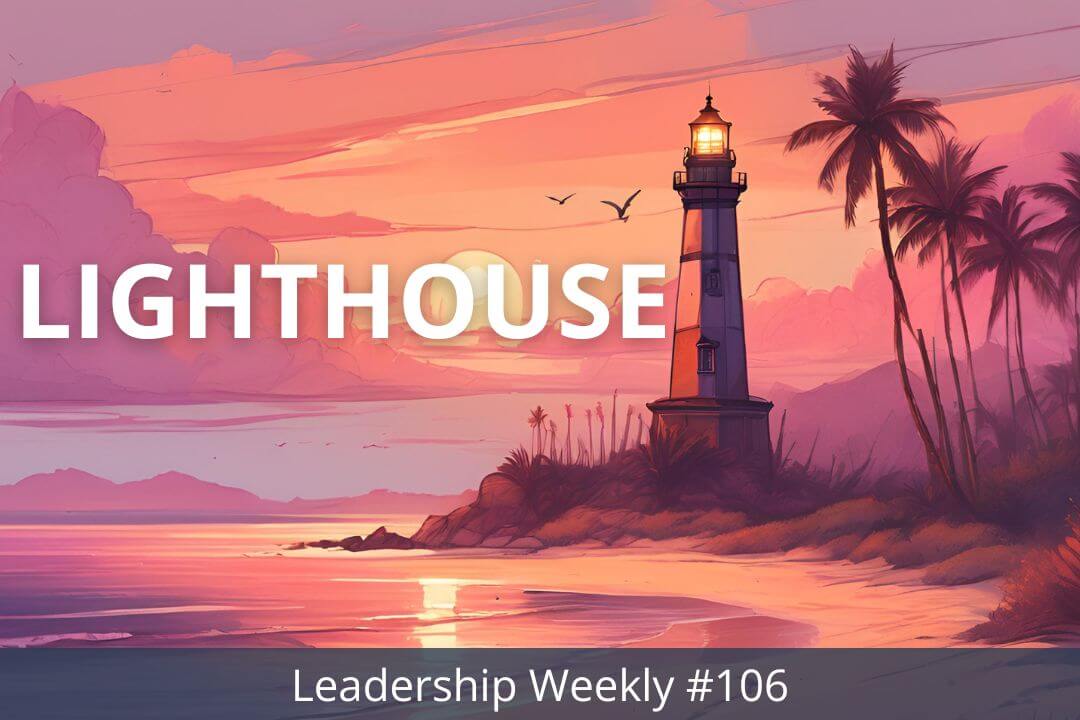

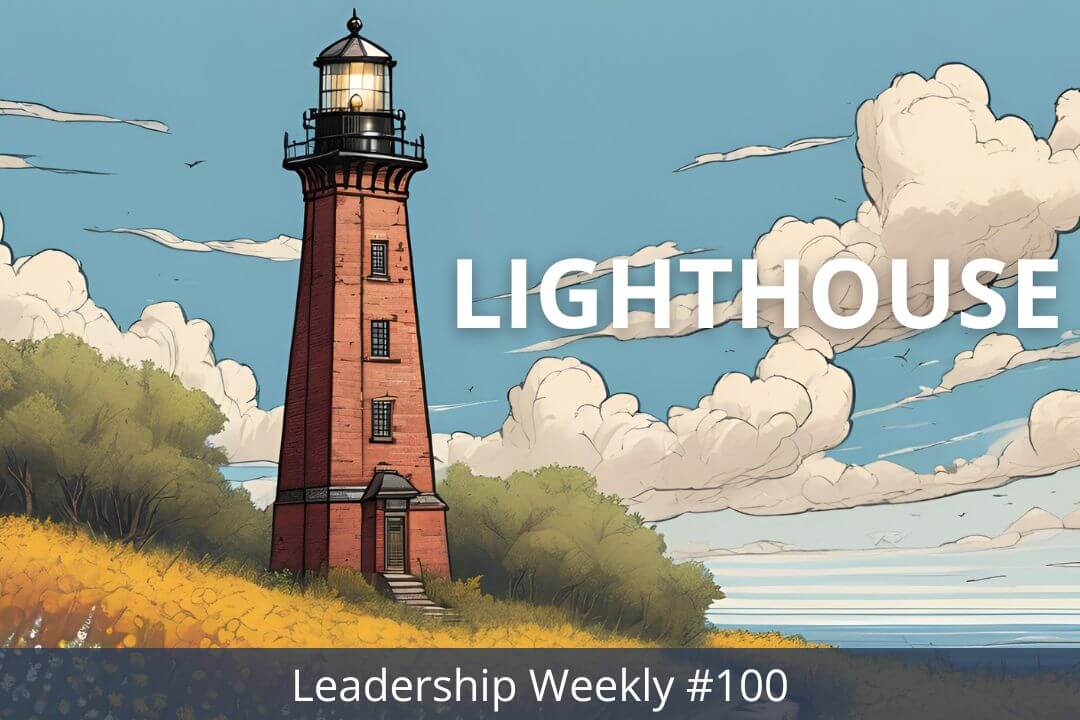
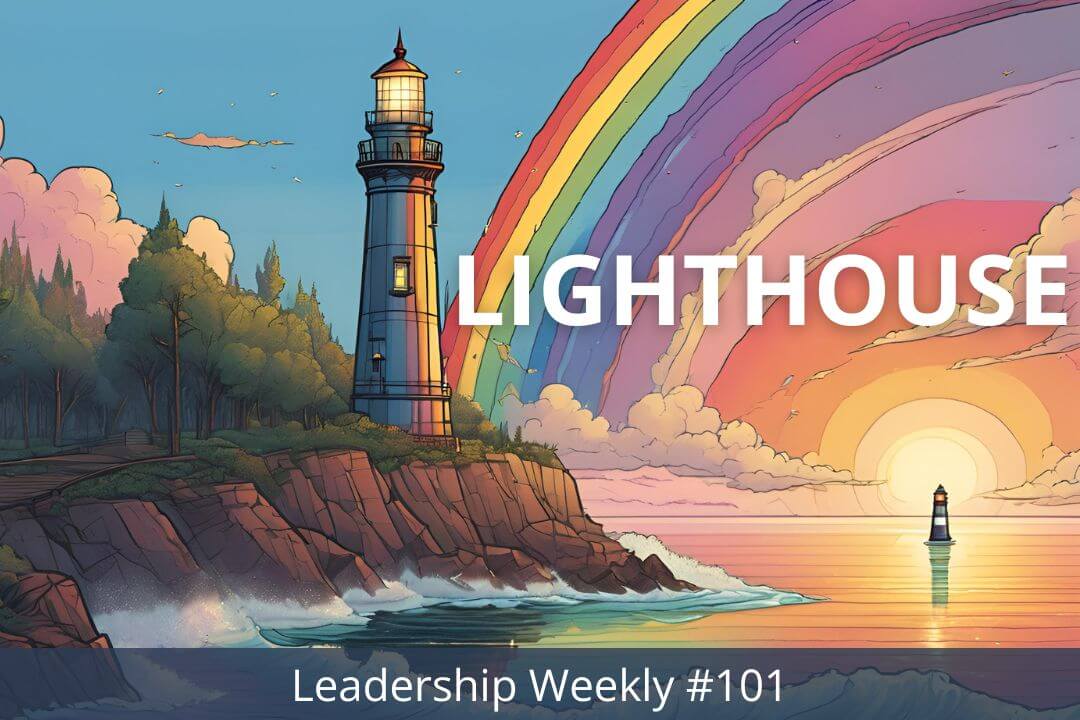

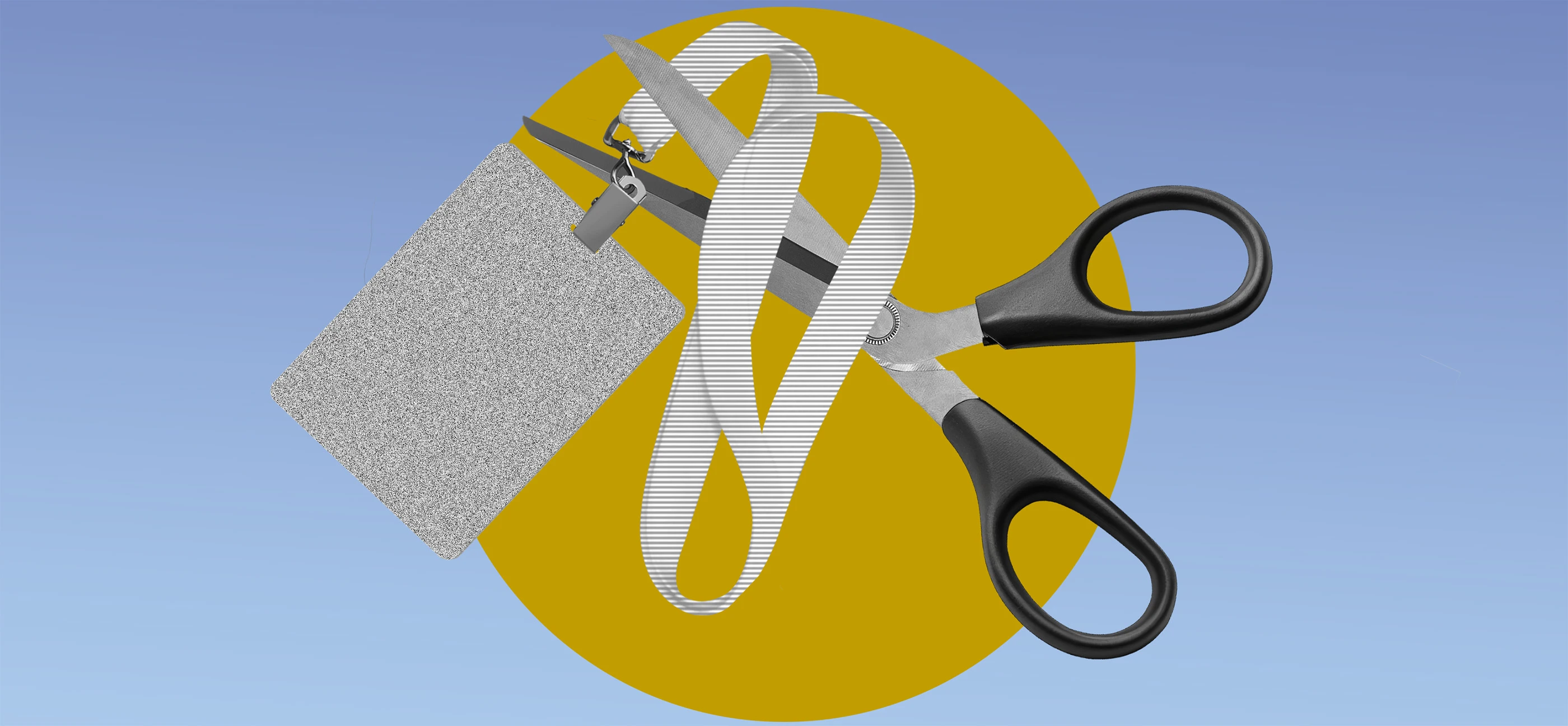
































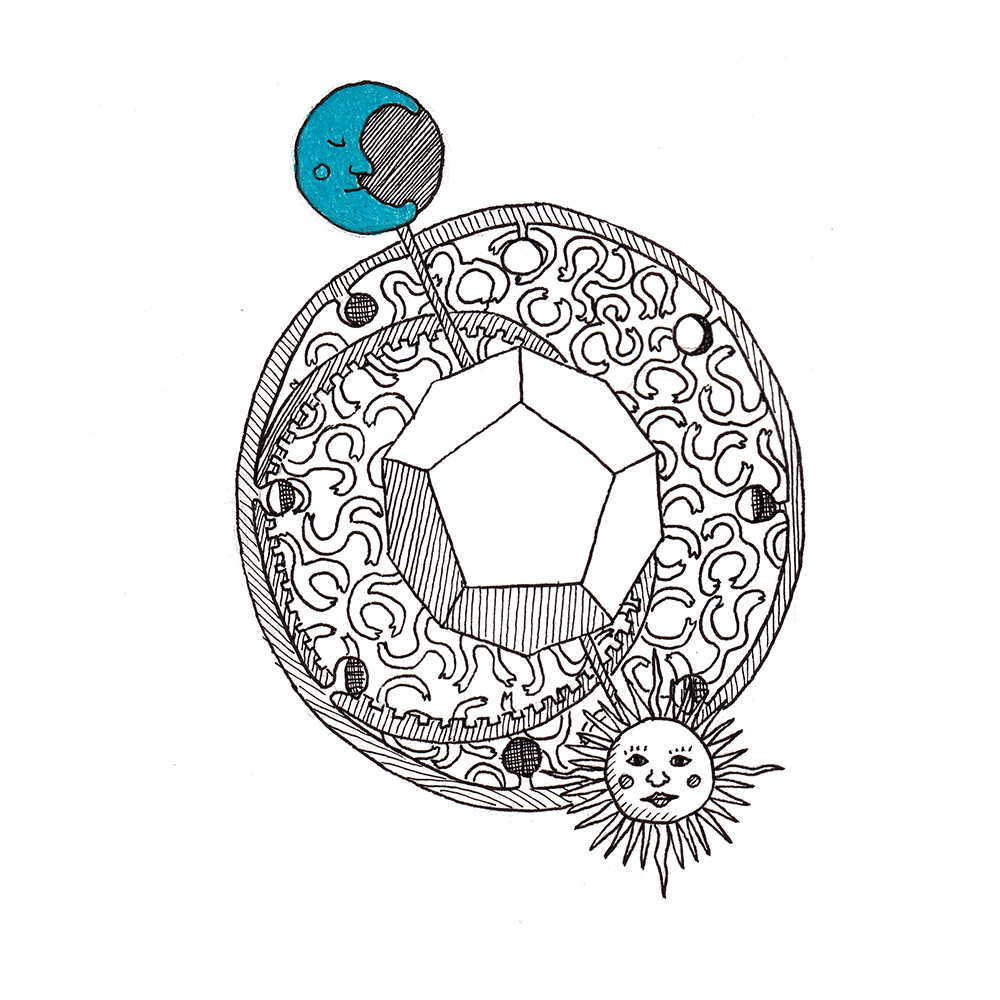



















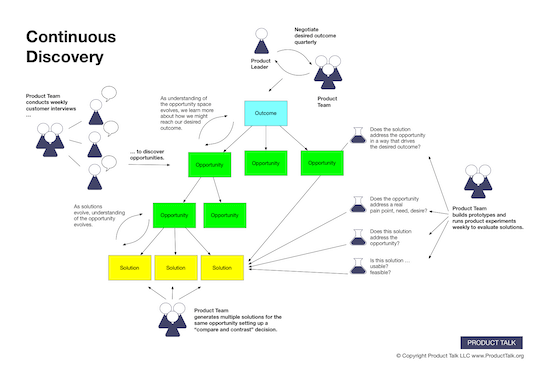














![Building A Digital PR Strategy: 10 Essential Steps for Beginners [With Examples]](https://buzzsumo.com/wp-content/uploads/2023/09/Building-A-Digital-PR-Strategy-10-Essential-Steps-for-Beginners-With-Examples-bblog-masthead.jpg)


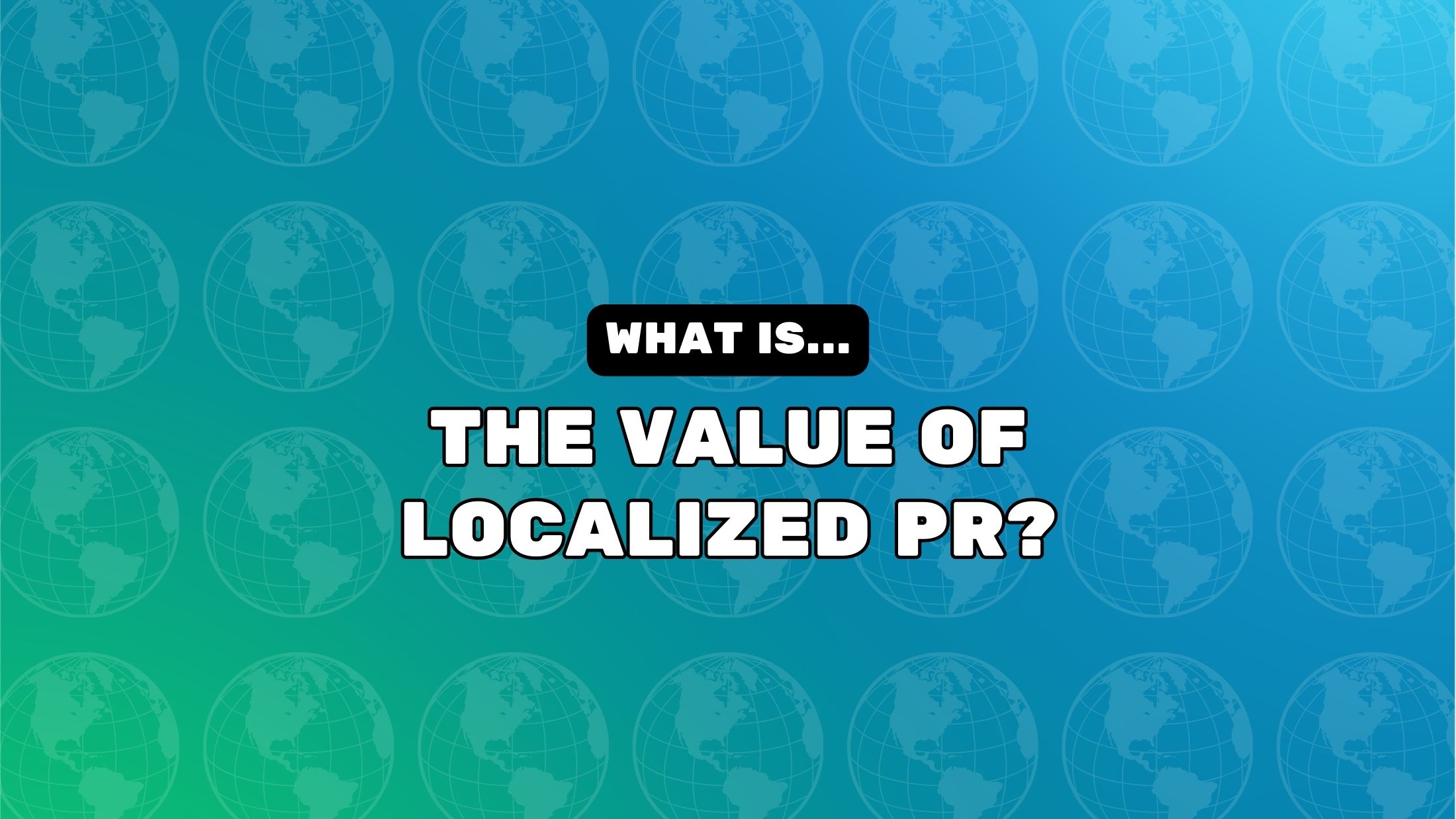
![How One Brand Solved the Marketing Attribution Puzzle [Video]](https://contentmarketinginstitute.com/wp-content/uploads/2025/03/marketing-attribution-model-600x338.png?#)






![How to Use GA4 to Track Social Media Traffic: 6 Questions, Answers and Insights [VIDEO]](https://www.orbitmedia.com/wp-content/uploads/2023/06/ab-testing.png)
































